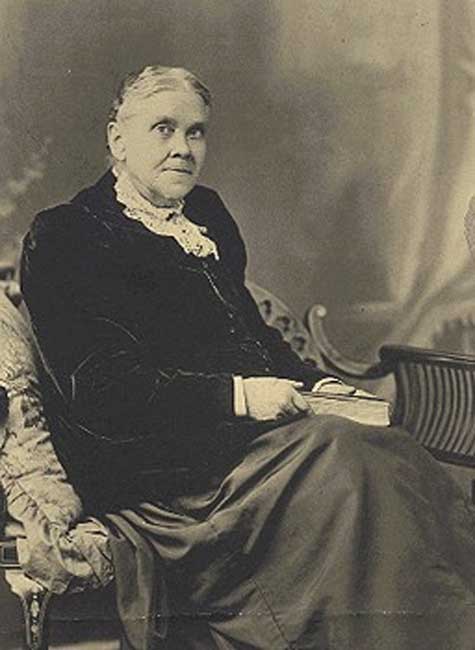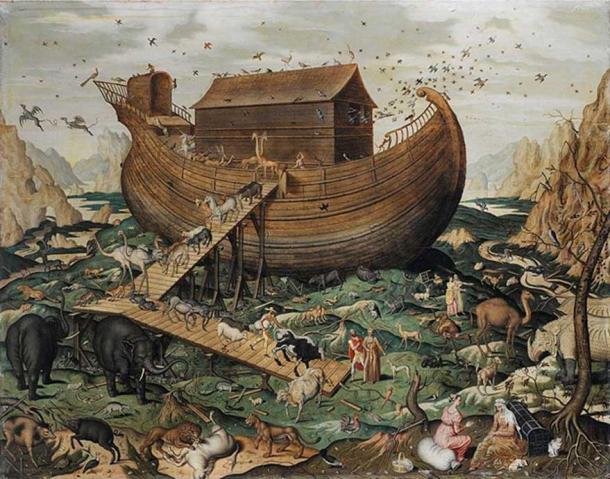Introduction
In the realm of science and religious beliefs, an intriguing conflict persists to this day. While the majority of mainstream scientists and the developed world accept the theory of evolution and the scientifically established age of Earth and the universe, there is a steadfast group of individuals who resist the status quo. These individuals, driven by a strict literal interpretation of Genesis 1-11 in the Hebrew Bible, staunchly advocate that the universe is only 6,000 years old and was created in just six literal days. This movement, known as Young Earth Creationism, has its roots in the Seventh Day Adventist movement and has seen fluctuations in popularity over the years. In this article, we will explore the historical journey of Young Earth Creationism and delve into why it gained such a strong foothold in the United States.

Guessing and Dating the Age of the Universe
For centuries, the belief in a literal six-day creation and a young Earth was widespread among Christians. It was a reasonable assumption at the time, as the early Church Fathers and Medieval theologians lacked the knowledge of radiometric dating and geological formations. In 1650, Archbishop James Ussher calculated the Earth’s creation to be around 4004 BC, aligning with the knowledge available during that era.

However, challenges to this interpretation arose in the 18th century with the study of geological formations, leading to the concept of deep time. Geologists discovered that rock layers were laid down over long periods rather than rapidly during a great flood, as described in Genesis. This marked a shift in perspective among many, but not all, conservative Christians.
Emergence of Denial of Deep Time

Between 1910 and 1915, conservative Evangelical Christians published “The Fundamentals,” outlining the core tenets of the Protestant Christian faith. Surprisingly, the leaders of this movement did not oppose evolution or deep time. The acceptance of these ideas only began to decline in Evangelical circles during the 1960s.
The Influence of Seventh Day Adventists
During the early 20th century, while most conservative Christians still accepted evolution and deep time, the Seventh Day Adventists (SDA) stood apart. Founded by prophetess Ellen White in 1863, the SDA’s beliefs included the idea that the universe was created 6,000 years ago in six literal days. They interpreted rock layers and fossils as evidence of a global deluge described in Genesis 6-9.

Seventh Day Adventist scientists, such as geologist George McCready Price, supported this view with scientific arguments. Their ideas significantly influenced the authors of “The Genesis Flood,” written in 1961 by Henry Morris and John C. Whitcomb, which marked the beginning of the modern Young Earth Creationist movement.
The Rise and Decline of Young Earth Creationism

Following the publication of “The Genesis Flood,” Young Earth Creationism gained popularity in mainstream Evangelical circles, peaking in 1982 when advocates sought to introduce creationist science curriculum in schools. This attempt was deemed unconstitutional, but the movement persisted, albeit with diminishing influence.
Young Earth Creationist Sues the Grand Canyon and Wins
In 2017, geologist Dr. Andrew Snelling, a young Earth creationist, engaged in a legal battle with the National Park Service to access rock samples from the Grand Canyon. He believed that the canyon’s formation occurred over a few days due to Noah’s flood. Although initially denied, Dr. Snelling eventually won permits to sample the Grand Canyon. This legal victory highlights that, even today, a significant portion of Americans still holds creationist beliefs.
The Intrigue of American Culture and Religion
The prevalence of Young Earth Creationism in the United States has raised questions about its unique appeal to Americans. One possible explanation lies in how religion intertwines with American political philosophy. After the Revolutionary War, churches became central to the development of a healthy republic, with the Founding Fathers believing that virtue was vital for a flourishing nation. Christianity, being widespread in the Thirteen Colonies, was encouraged for instilling virtue in American citizens.
Additionally, American republicanism engendered suspicion towards sources of authority tied to the state. The Bible, accessible to all, was perceived as democratic and free from suspicion. Hence, it became central to American national prosperity and success.
How Young Earth Creationism Persists
During the late 19th and early 20th centuries, the rise of liberal theologians and non-literal interpretations of the Bible posed a threat to traditional Christianity and the moral fabric of American society. In response, conservative Christian theologians emphasized literal interpretations, including those of Genesis, even if they contradicted established scientific knowledge.
Conclusion
Young Earth Creationism’s endurance in America is intertwined with the nation’s religious and political history. It emerged from the Seventh Day Adventist movement and garnered popularity over the years. American culture’s emphasis on religion and the Bible’s role in shaping the republic played a significant part in its rise. Today, while Young Earth Creationism may have diminished somewhat in influence, it remains an intriguing aspect of the intersection between science, religion, and American identity.
Yes, as of 2017, around 38% of Americans still believe in the concept of a young Earth created by God less than 10,000 years ago.
Young Earth Creationism finds its roots in the Seventh Day Adventist movement, which emerged in the 19th century.
The Founding Fathers valued religion’s role in instilling virtue in citizens, but their views on Young Earth Creationism are not explicitly documented.
The study of geological formations revealed that rock layers were formed over long periods, contradicting the notion of a young Earth created in a few days.
While Young Earth Creationism was once advocated for inclusion in school curriculums, it has since been ruled unconstitutional.



